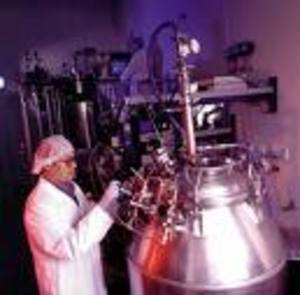Common weight lifting injuries shouldn’t have to be common; follow my rules to prevent the most common weight lifting injuries. Two categories of injuries can result from weight lifting: acute/traumatic, and gradual onset. Some weight lifting exercises are inherently more dangerous than others, but seemingly simple weight lifting exercises can cause injuries if the weight is too heavy and/or incorrect form is used. As a noncompetitive bodybuilder, and personal trainer, I’m too familiar with weight lifting injuries. Causes of weight lifting injuries are: 1) Weight lifting exercises may be intrinsically risky, 2) Too much weight used, 3) Poor form, 4) The person pushes beyond his limits and loses control of the weight.
Common weight lifting injuries:
1. Rotator cuff strain/shoulder impingement — can happen in a single instant with improper technique and/or with weight too heavy during chest or shoulder exercises. SYMPTOMS: pain that “refers” to upper arm, even though injury site is shoulder joint; pain when raising arm above head or up to side, plus pain during chest and/or shoulder exercises.
2. Biceps tendonitis — usually occurs over short period of time from doing heavy chest, shoulder or dipping lifting exercises. Ironically, this doesn’t usually happen during biceps routines, but this tendon is at the juncture of the top of the biceps and shoulder joint. SYMPTOMS: Pain in front of shoulder near top of arm when doing some chest, shoulder, dripping and curling exercises. Pain may occur upon lifting arm straight in front with no weights.
3. Elbow tendon strain — can occur from doing heavy lat pull-downs, especially with palms facing away from person; can also occur from pull-ups and chin-ups. SYMPTOMS: Odd dull pain in elbow.
4. Low back strain — can occur from barbell squats, dead-lifts, bent-over rows, “good-mornings” and simply picking up weight plates to load a barbell or machine, or in returning weight plates to their racks. SYMPTOMS: Low back pain.
5. Groin pull — can occur when doing heavy leg presses with feet wide apart on the platform, with toes angled outward. SYMPTOMS: Pain in groin.
6. Hamstring cramps — can easily happen when a novice uses weight too heavy on the hamstring curl machine. SYMPTOMS: Pain may be unbearable, spasm-like.
7. Quadriceps tendonitis — can occur when a person strains to lift very heavy weight on the leg extension machine. SYMPTOMS: Pain isn’t necessarily sharp; pain may be dull and achy; pain comes on when leg is straight; jumping, running or walking up hill, and doing leg extensions.
Reduce risk of common weight lifting injuries:
Perform lifting exercises with proper form. Do not jerk or rush through any lifting exercises. Keep spine neutral and shoulders relaxed throughout weight lifting exercises.
Do not lift more than you can handle with decent form.
Use a spotter for extra heavy lifts.
For intrinsically risky weight lifting exercises, like barbell squats, dead-lifts and bench press, practice proper form with light weights until you master it.
Warm up the joint that’s going to be used. Don’t just dive into heavy lifting without first stretching the muscles around that joint; precede heavy lifting with light lifting for several sets.
Keep hydrated throughout your lifting session.
The minute you feel pain or odd sensations in a joint, STOP the set. Pain in a joint is a warning that a tendon or cartilage is close to injury, or already has been injured.

